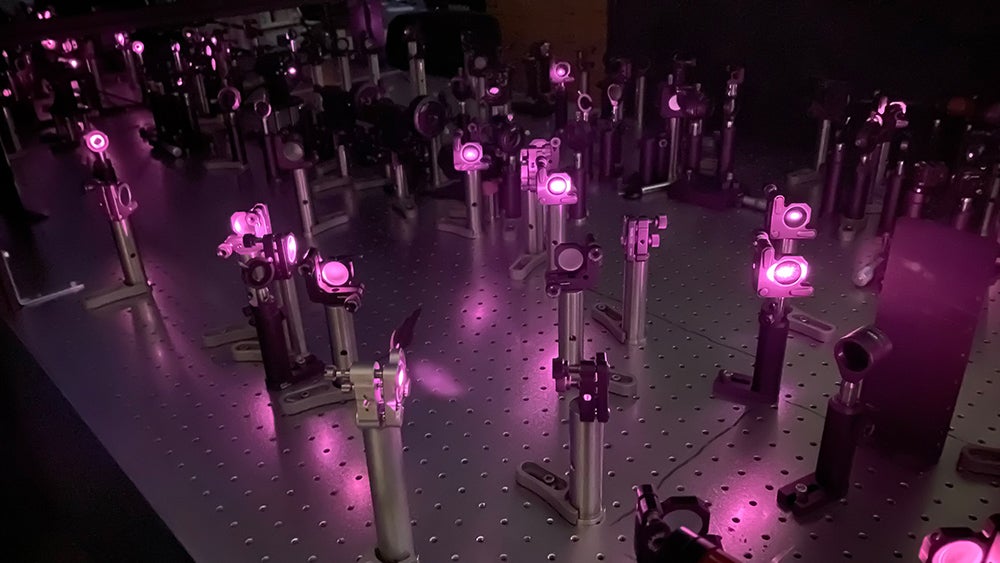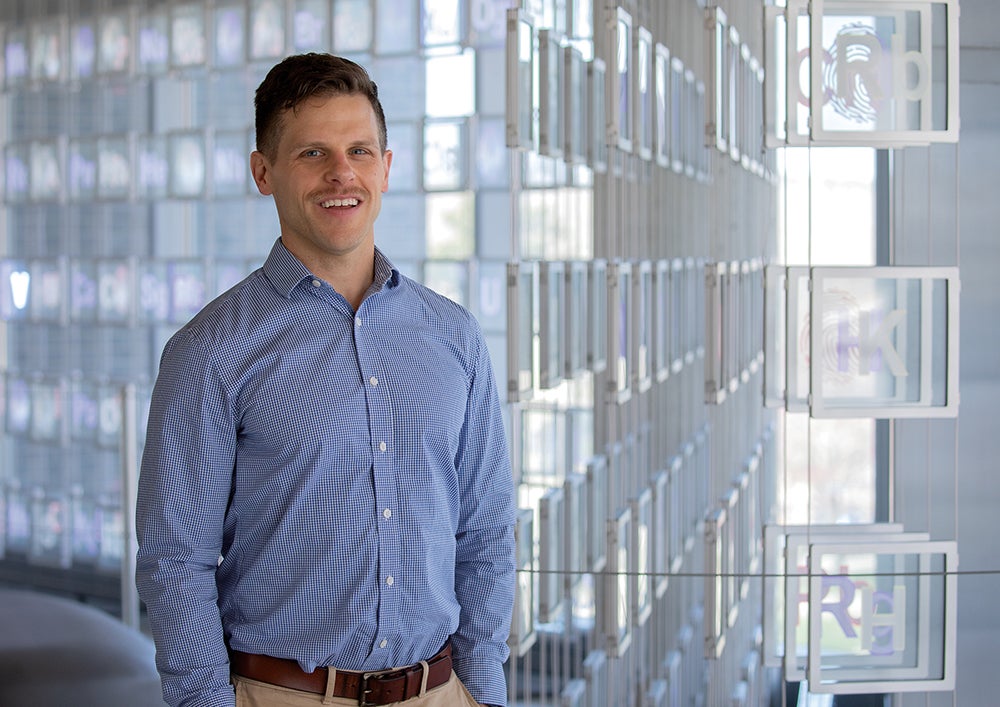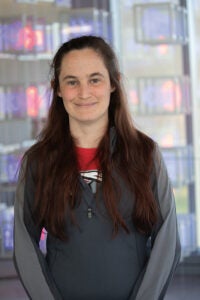Lasers and iron may help the world treat contaminated water, University of Rhode Island (URI) researchers say. The first-of-its-kind study subjected ferrate — a form of iron — to a wide spectrum of light and analyzed how its electrons behaved.
Now, thanks to the URI team, we know more details about how light may be used to convert ferrate to a highly reactive and more powerful chemical oxidant capable of treating persistent pollutants.
The results published in the Journal of the American Chemical Society lay the early groundwork to develop new water treatment methods using ferrate. With a quarter of the world lacking access to clean water, and notable industrial accidents such as a train derailment in Ohio dominate the news, the research arrives at an opportune time.

“This is a clear example of taking fundamental knowledge in the chemistry field and applying it in a meaningful way that improves people’s quality of life,” says Joseph Goodwill, an assistant professor of civil and environmental engineering at URI and paper coauthor. Researchers already knew that when ferrate absorbs ultraviolet light, the more powerful an oxidant it becomes. And because oxidants react with many contaminants by snatching their electrons, oxidants become useful when dissipating pollution in water.
Goodwill partnered with URI Assistant Professor of Chemistry Dugan Hayes after learning his lab specialized in ultrafast spectroscopy — that is, using short laser pulses to study how atoms and molecules behave when they absorb light. Their work spanned four years as the researchers contended with the pandemic and a material that breaks down in as little as 15 minutes when studied.
Thanks to the URI team, we know more details about how light may be used to convert ferrate to a highly reactive and more powerful chemical oxidant capable of treating persistent pollutants.
To study the compound, they built an elaborate setup of optical parametric amplifiers that emit light pulses shorter than one-trillionth of a second, or about how fast molecules move.Hayes’ doctoral student Cali Antolini built the array at their Kingston lab and conducted most of the research there and at the U.S. Department of Energy’s Argonne National Laboratory outside Chicago. Combining the data provided a window into exactly how ferrate exchanges electrons with neighboring molecules.
“We have barely scratched the surface,” says Antolini, the paper’s lead author who plans more publications on ferrate. “There are many aspects of the chemistry that occurs when you combine ferrate and light that have yet to be explored.”


What they did find surprised them. By fine tuning the URI equipment and reviewing high-speed X-ray data from Chicago, the team learned that while ultraviolet light can excite ferrate, visible light may be able to drive the oxidative chemistry as well. For engineers looking for ways to bring the technology to rural and impoverished areas, visible light typically proves less expensive and easier than ultraviolet light. Using visible light and iron to produce strong oxidizing species is a relatively simple path to advanced water treatment that small/rural systems might find much more accessible than other tools.
“Then, as a bonus, visible light scatters less in cloudy water, like a polluted water source,” says Hayes. “After ferrate does its job, it leaves only rust behind, so it is entirely non-toxic.”

They also found that the efficiency of exciting ferrate to produce the more reactive form is about 15 percent, on par with ozone water treatment. But an ozone process usually requires complex equipment and involves dangerous chemicals, whereas light and ferrate are more accessible.
Plus, a process requiring less energy is more sustainable. Since Goodwill’s research focuses on delivering clean water to marginalized populations, the results thrilled him.
“I sense that rural America wonders if anyone is really thinking about their problems and the University of Rhode Island is,” Goodwill says.
Commercial interest in the ferrate technique continues to grow. And for Antolini, the research formed the heart of her dissertation and helped her land a postdoctoral fellowship at the SLAC National Accelerator Laboratory in California, where she will engage in cryo-electron microscopy to study biomolecules.
“This is a clear example of taking fundamental knowledge in the chemistry field and applying it in a meaningful way that improves people’s quality of life.”Joseph Goodwill
Antolini’s advisor, Hayes, will continue studying this and many other photochemical reactions with his research group at URI.
“Photochemistry is incredibly powerful,” Hayes says. “On the one hand, it can be harnessed to treat polluted water like we see here, or to synthesize important pharmaceuticals on an industrial scale. But on the other hand, it can cause sunburns and skin cancer. Understanding how photochemistry works so we may harness its power for useful applications is our ultimate goal.”
